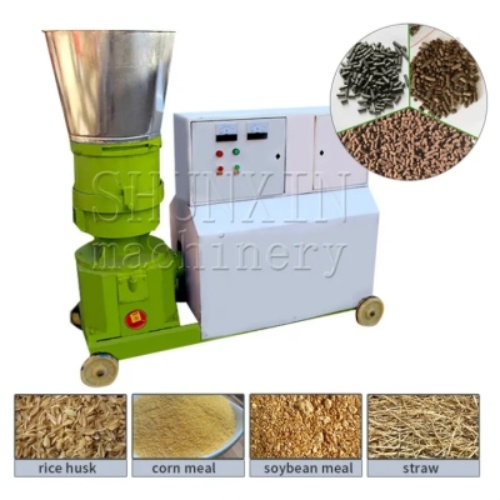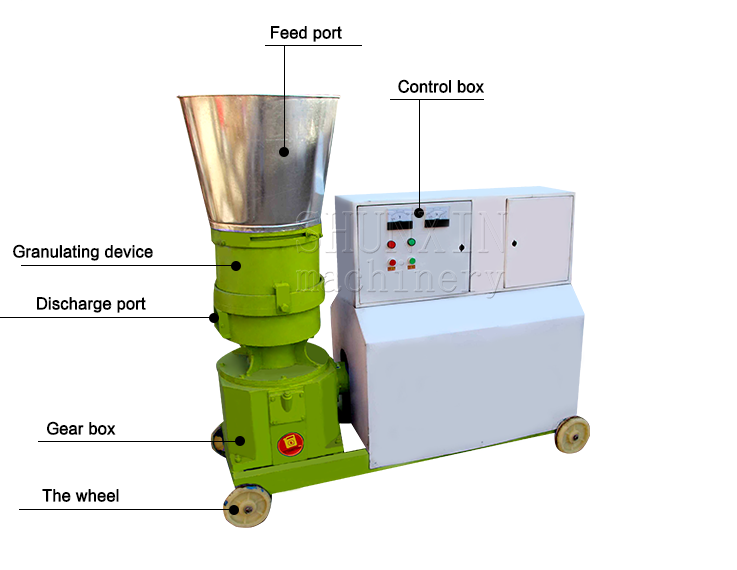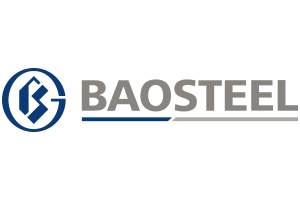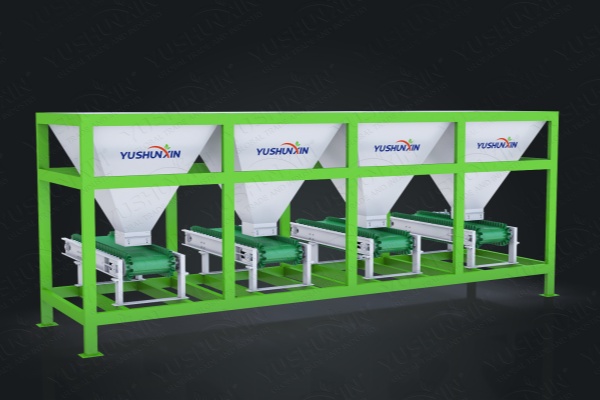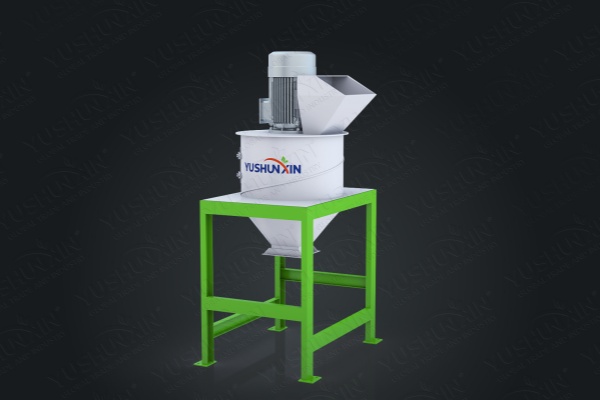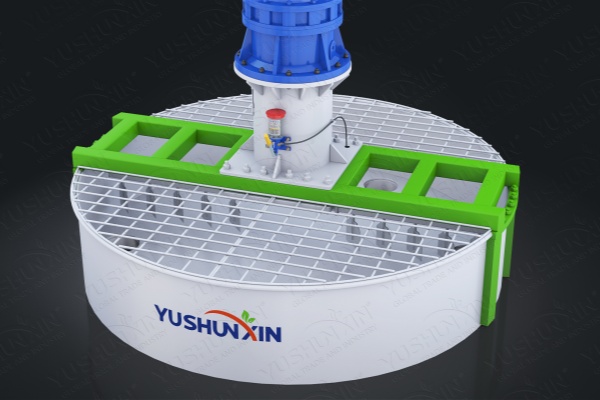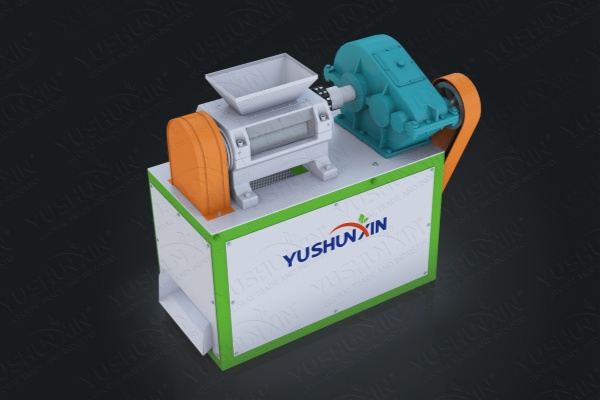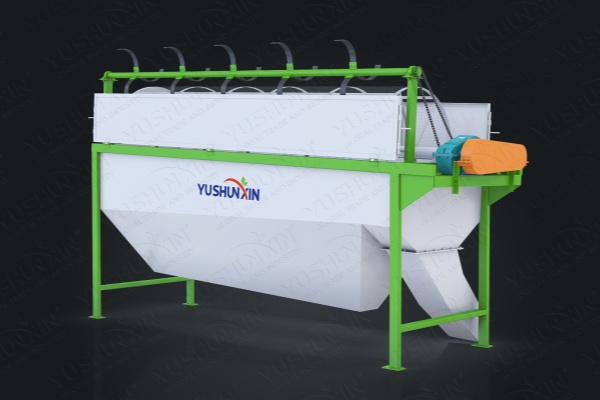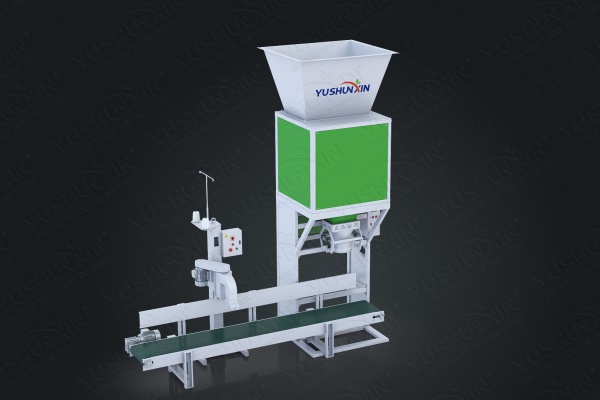The biomass granulator, specifically the flat die pellet press, serves as a pivotal piece of equipment in the preprocessing of biomass energy. Moreover, it primarily transforms agricultural and forestry waste, such as wood chips, straw, rice husks, and bark, into a renewable energy source. By undergoing a series of preprocessing and processing steps, the biomass material is effectively solidified into high-density pellet fuel. This technology not only capitalizes on otherwise discarded raw materials but also significantly contributes to the creation of a more sustainable fuel alternative. Thus, flat die pellet press, with its unique design, stands out for its efficiency and simplicity, offering users a practical solution in the biomass pellet production process. Additionally, the adaptability of this machine to various biomass inputs makes it a versatile choice for different industry requirements, leading to broader implications for energy production and environmental conservation.
What The Applications of Flat Die Biomass Pellet Mill ?
The market for biomass pellet machines, specifically the flat die, is rapidly expanding as industries seek renewable alternatives to fossil fuels. These machines cater to the growing demand for sustainable energy generation, converting agricultural waste into a viable and eco-friendly fuel source.
What Kind of Finished Granules Can A Biomass Pelletizer Produce ?
In conclusion, a biomass pelletizer, with a focus on the flat die pellet machine, produces high-density, cylindrical pellets that are dry, with low ash and optimal moisture content. Furthermore, these characteristics not only enhance the pellets’ storage and handling properties but also ensure efficient and clean combustion, making them a practical choice for those seeking an eco-friendly and potent energy source.
Why Is The Biomass Flat Die Granulator Popular In The Market?
When considering the production of biomass pellets, the advantages of a biomass pellet machine, particularly the flat die pellet machine, become apparent. These machines offer a range of benefits that cater to both environmental and economic demands.
In summary, biomass pellet machines, with a focus on the flat die variety, provide users with a range of advantages, including operational efficiency, cost-effectiveness, and environmental benefits.
How Does A Flat Die Biomass Pellet Mill Work?
In conclusion, the flat die pellet mill operates through a straightforward process involving pressing raw biomass material through a die, shaping, and cutting it into pellets. This process not only transforms waste material into a useful product but also does so with efficiency and simplicity. As a result, biomass pellets can serve as a renewable energy source or as feedstock for various applications.
In summary, a flat die pellet press efficiently transforms biomass into compact pellets. Its design ensures a straightforward operation, where the rollers compress material through the die. The heat generated during compression facilitates the binding of the pellets. After the cutting mechanism sizes them, the pellets emerge ready for use. This technology offers an effective solution for biomass waste management and the creation of renewable energy sources.







